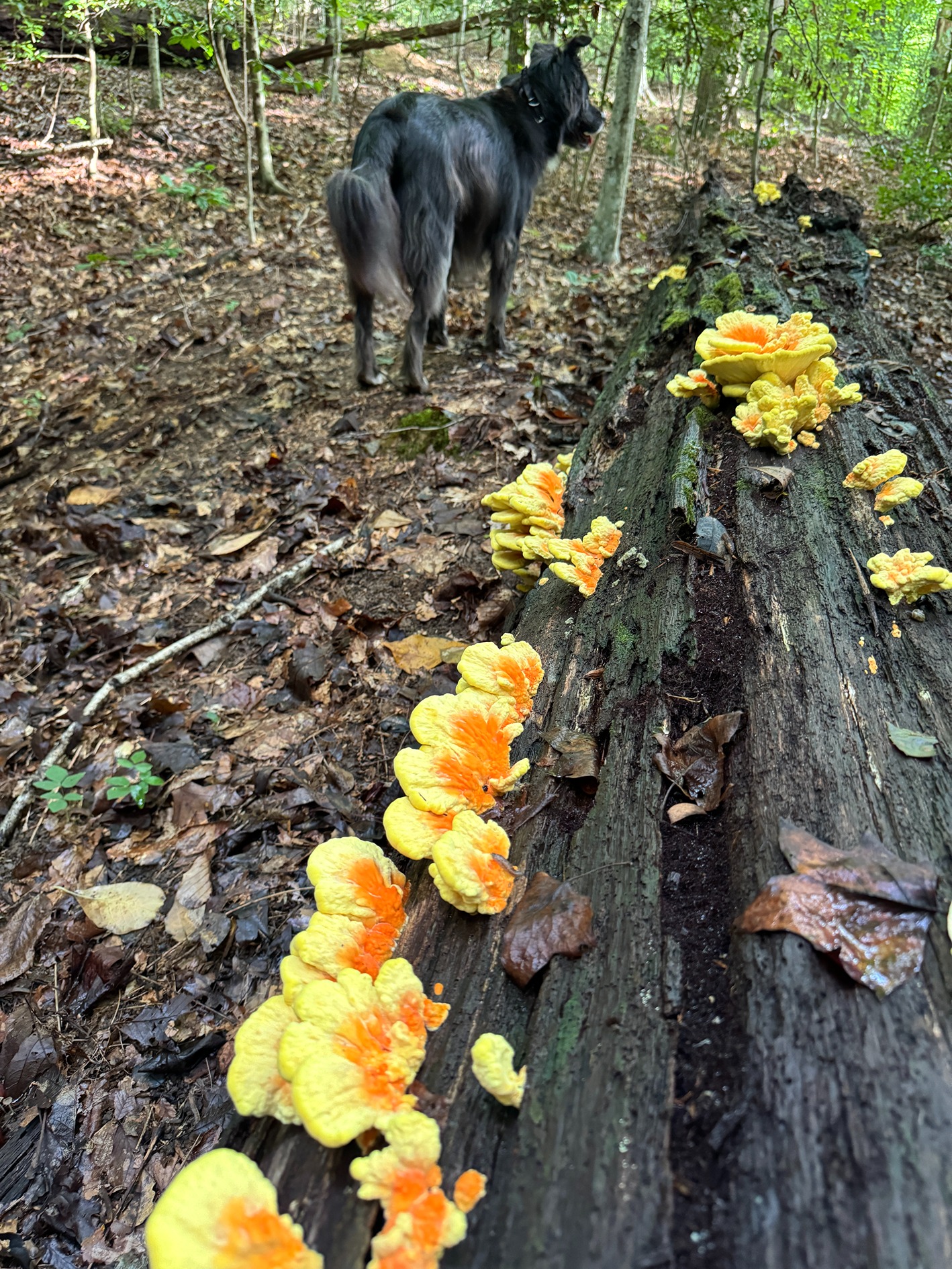
What should you do if you see a hollow spot in your tree? First, know that it has been there for a very long time before you noticed it. Second, watch it for a while and see who’s living there. Third, call an arborist that understands Tree Risk Assessments.
Hollows in trees, also known as tree cavities, serve important ecological roles. Let’s explore a few reasons why they form and what they mean for tree health:
Natural Causes of Hollows:
Heartwood Decay: The heartwood, which is the central part of a tree, can decay naturally over time. Fungi and bacteria attack the sapwood, creating a cavity within the tree trunk or branches.
Injury from Birds:
Woodpeckers and other cavity-nesting birds can create openings in the tree bark, allowing decay to set in.
Physical Damage:
Lightning strikes, storms, and other physical damage, like a vehicle hitting a tree, can lead to hollows.
Environmental Factors:
Sunscald, winter injury, and water stress may contribute to hollowing.
So what are the impacts a hollow may have on a tree’s health? Smaller holes caused by insects typically do not significantly affect healthy trees. Larger tree hollows, which may appear as if the tree is growing on itself, don’t necessarily indicate permanent damage. Trees can SEAL (not HEAL) and recover, growing new bark around the edges of the wound to incorporate the hollow as part of their structure. Cavities and hollows don’t automatically mean a tree will fall down. However, if there isn’t enough wood near the trunk to support the rest of the tree, there’s a risk of collapse.
When in doubt consult a Truetimber Arborist, we are experienced in helping homeowners and property managers assess the risk posed by hollow trees. We can help you determine the level of risk you’re comfortable with. Remember, just because a tree has a hollow doesn’t necessarily make it a threat. Seeking professional advice will guide your next steps






